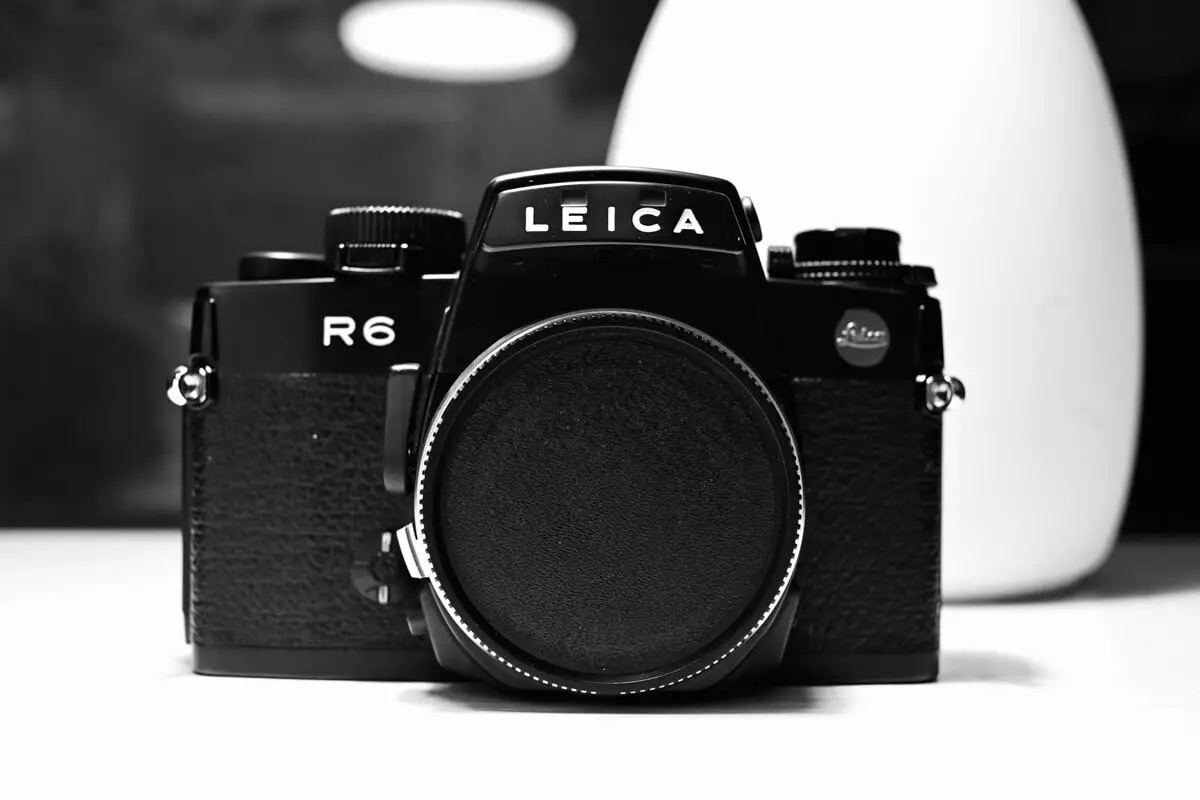I back got into film in 2019 after I bought an almost mint-condition Hasselblad 503CW kit with the standard Carl Zeiss Planar CF 80mm f/2.8 lens, and then a Sonnar CF 150mm f/4.0. My first experience with film cameras was with a Pentax K1000 back in the 1990s, but this time I went all out. After the Hassy, I also obtained a Mamiya RB67 with a couple of lenses, and then the Leica M6, which made a lot of sense because I already have a new digital M10 and a few M lenses. I still shoot mostly digital, but when I have some time and want to enjoy more of the whole experience, I shoot film and develop and scan at home.
This time, just before a cycling trip to the Huangshan Mountain area of China’s Anhui Province, I wanted to take a film camera with me to shoot black-and-white of the mountain that’s famous for its Chinese watercolor-like scenery. I didn’t want to take the Leica M6 as I still find it hard to focus sometimes and I wanted an SLR so that I can compose my photos more precisely (as opposed to a range finder). So, I bought along a Leica R6 and Summicron-R 35mm f/2.0lens, both in great condition.
I got the R6 for the same reason I got the M6: completely mechanical but with a decent light meter. The picture of the R6 body above was taken with the 35mm f/2.0 lens attached to a Nikon Z7 via an adapter.
Before the trip, I only tested one roll of film with the R6 and it didn’t come out too great as I used a long-expired bottle of Kodak HC-110 developer working solution, and so the roll I shot when climbing Huangshan Mountain was really the actual test. Fortunately, it came out great.
On the day of the hike, it was sunny at first and overcast and then the rain showers came. I stopped shooting when it was too dark and wet. The 400 ISO of the T-MAX 400 didn’t give me too much flexibility shooting hand-held and most of the time I left the aperture at f/2.0, f/2.8 or at most f/4.0. I also discovered a defect in the R6 body; somehow the full aperture metering wasn’t working even though the lens is a 3-cam. I had to use stop-down metering for every shot. It was a minor inconvenience but I got a hang of it after a few shots.
I developed the film when I got home in Beijing using fresh developer solution and really liked the results. Scanning was done on an Epson Perfection GT-X980 (same as a V850).
~ Roger
Submit your 5 Frames… today
Get your own 5 Frames featured by submitting your article using this form or by sending an email via the contact link at the top of the page.
Share your knowledge, story or project
The transfer of knowledge across the film photography community is the heart of EMULSIVE. You can add your support by contributing your thoughts, work, experiences and ideas to inspire the hundreds of thousands of people who read these pages each month. Check out the submission guide here.
If you like what you’re reading you can also help this passion project by heading over to the EMULSIVE Patreon page and contributing as little as a dollar a month. There’s also print and apparel over at Society 6, currently showcasing over two dozen t-shirt designs and over a dozen unique photographs available for purchase.













